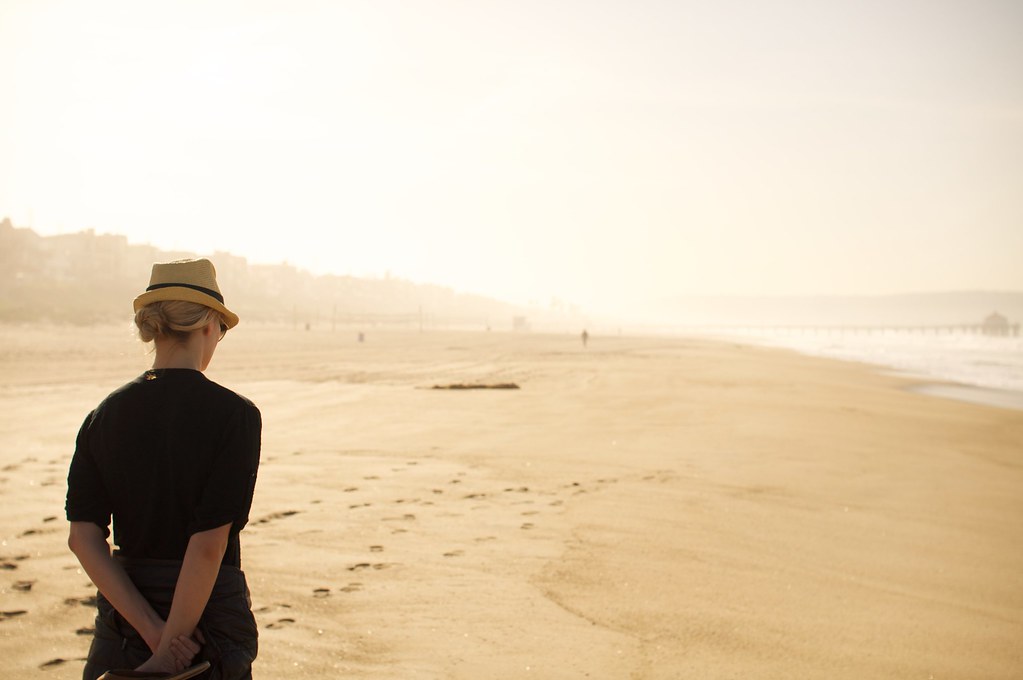Edit: this is a different explanation than Michael's, but basically says the same thing. It goes a bit more into technical matters by discussing medium...
Part of this understands the medium you are photographing with.
The advice to generally 'expose for highlights' is because digital photography is very similar to color reversal (slide) film - by exposing for the highlights, you're more likely to be able to recover useable data in the shadows, rather than blowing out the highlights (which, with digital cameras, will often turn blue or pink). I like to keep my highlights around 250 RGB in studio, except for reflective areas, which will almost certainly blow out (which is fine!). As Michael says, knowing your subject is important.
When I'm shooting with black and white negative film, I'll be doing the exact opposite. Any areas that are pure black, or 'no' exposure, will not have any silver crystals exposed, so I can't pull anything out of them. On the other hand, it's very very unlikely that I'll blow out highlights so much that I cant burn them in somehow in the darkroom. I'm also going to be using Ansel Adam's zone system in this regard, via a $2000 light meter called a Nikon D200. I want to make sure nothing goes below the minumum EV of the film, which is about 3.5 stops either way from a middle grey with the film I use.
Although he has some strange and oftentimes annoying opinions on gear, lighting, and politics, Ken Rockwell does a bang-up job of explaining exposure. Google him. =)
As for worrying about the 'blinkies' - if you have them over large areas of the photo, yes, do worry about that. A better way is to learn to read the histogram your camera displays - if theres a bunch of lines all the way to the right, and not much in the rest of the image, you're like overexposed despite what you see on the LCD. Remember that that LCD isnt a very accurate representation of what you'll see on the computer or what you'll see in a print.
Finally, take you digital files to a reputable local lab or an online digital lab such as White House Custom Color (whcc.com) for printing. They'll do the BEST possible job and wont just run it through all the same like CostCo or Walgreens does.
Edit: Michael -read your post, I like your explanation & the assignment, I'll be doing it this weekend at Sand Dunes & will update you on my results if you'd like. (Just because I have my degree doesnt mean I shouldn't still be learning!)



